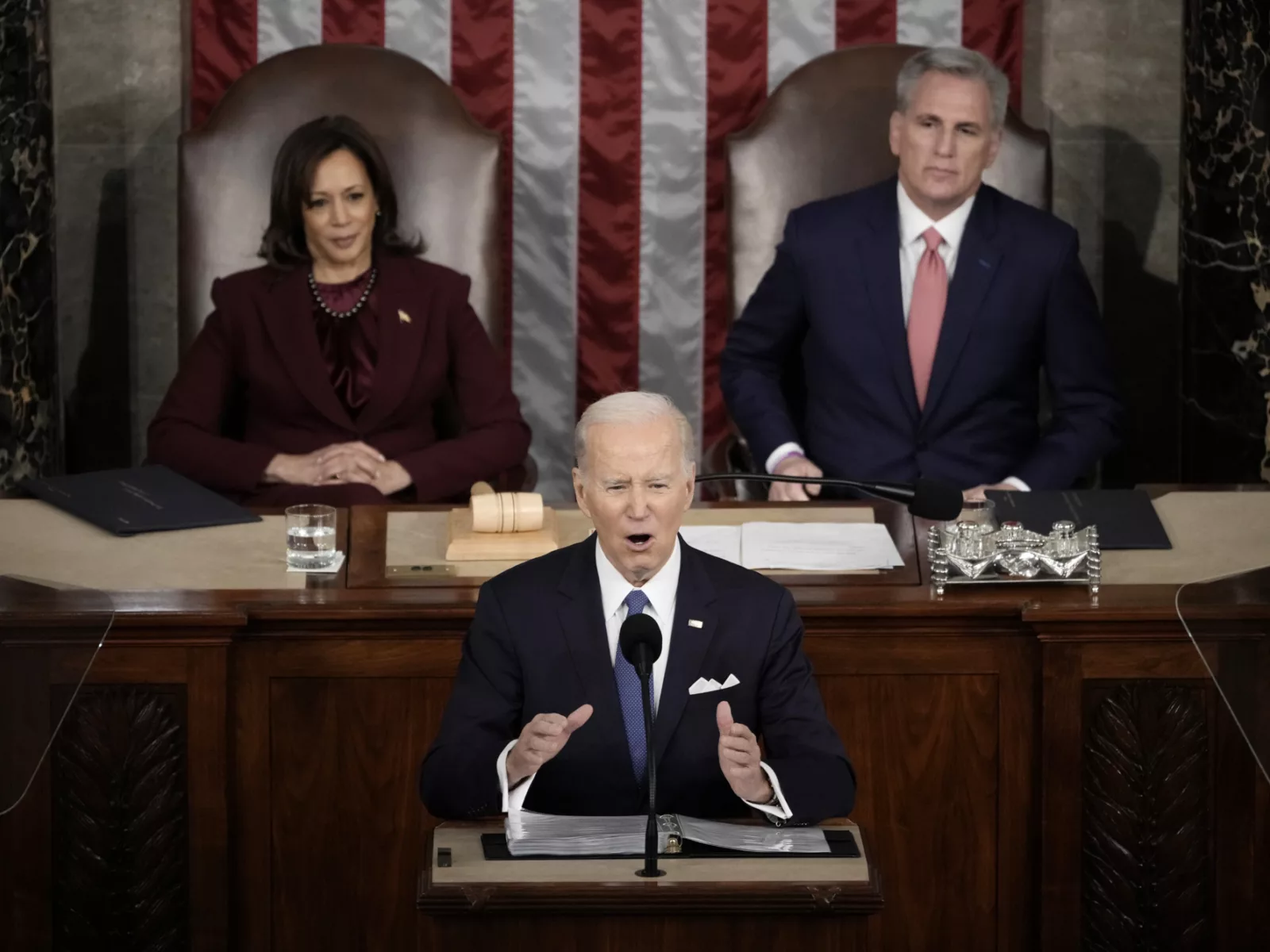Many medical services can safely and effectively be administered within a doctor’s office, but for years hospitals have been buying up physician practices, converting those practices to off-campus outpatient departments, and charging patients more for the same services.
Costs for Medicare and its beneficiaries are significantly higher when services are provided in an off-campus hospital outpatient department (HOPD) not currently subject to site-neutral policies – with prices up to four times higher for something as routine as an x‑ray. Additionally, hospital-owned facilities can charge a “facility fee” for commercially insured patients, driving costs higher.
Congress Is Considering Legislation to Extend Site-Neutral Policies at Off-Campus Facilities
Many large hospital systems have expanded their market power by purchasing physician practices and converting them to HOPDs. These facilities more closely resemble a doctor’s office but can charge patients hospital prices for routine care. Previous policies have implemented site-neutral payments for new off-campus HODPs and clinic visits, but most services at off-campus HOPDs are paid the higher hospital rate.
Late last year the U.S. House of Representatives passed the Lower Costs, More Transparency Act by a sweeping bipartisan vote of 320 – 71. The legislation builds on past site-neutral efforts and expands site-neutral payments to drug administration services at off-campus HOPDs. Enacting this legislation would be a small but important step forward. Beyond the drug administration services contemplated in the Lower Costs, More Transparency Act, there are a range of other routine services at off-campus HOPDs that can safely be provided in a physician’s office yet are paid two-four times more when provided in an off-campus HOPD. Legislation introduced in the Senate would expand site-neutral payments to a much broader set of services at off-campus HOPDs, leading to greater savings for Medicare beneficiaries and taxpayers.
A new research brief by the Actuarial Research Corporation looks at a range of options for expanding site-neutral payments at off-campus HOPDs. Key findings include:
- There are significant opportunities to build on the existing site neutral payment policies for off-campus HOPDs. Only 19% of off-campus HOPD spending is currently subject to site-neutral policies, meaning most services at off-campus HOPDs are reimbursed by Medicare at the higher hospital payment rate.
- If all services at off-campus HOPDs were paid a site-neutral rate, Medicare could save more than $28 billion over 10-years and Medicare beneficiaries would save over $4 billion in lower cost-sharing payments.
- Applying site-neutrality to off-campus drug administration, similar to the provisions in the Lower Costs, More Transparency Act, would save $4.8 billion when fully implemented.
- Extending site-neutral payment policies to imaging and diagnostic services at off-campus HOPDs could save an additional $5.3 billion.
Rural Areas Minimally Impacted by Site-Neutral Proposals
Most rural providers are exempt from site-neutral policies currently under consideration by Congress. Critical access hospital (CAHs) and rural health centers, as well as all rural outpatient departments on the hospital’s campus would be excluded from site-neutral payments. Off-campus HOPDs only account for 2% of all rural outpatient spending in Medicare.
Across all off-campus HOPD spending in Medicare, rural accounts for a disproportionately smaller share of spending. Only 7% of off-campus spending is in rural areas compared to 19% of Medicare outpatient spending.
Read the full brief here.



















